For the engine, the ignition system is an extremely important part. For the best condition of the vehicle, it is necessary to coordinate the ignition system with other systems.
So what is electronic ignition system? How through the ignition system to diagnose the engine operating status? If problems occur, how to overcome? Article below Thanh Phong Auto will help you answer all questions about the electronic ignition system in the car, along track!
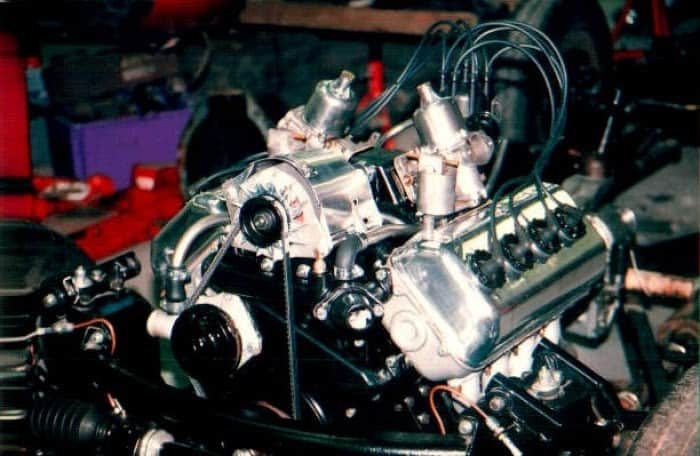
The ignition system has 2 main tasks:
- Generates high voltage current to easily ignite the fuel-gas mixture and discharge through the gap to ignite the spark plug.
- Burn the air in the most radical way, at the same time create large capacity and contribute to reducing environmental pollution.
The ignition system has a basic structure consisting of a secondary circuit and a primary circuit:
Electronic ignition system to be able to operate optimally today (completely electronic), the components of it have been improved, developed and optimized continuously from past to present through many different ways.
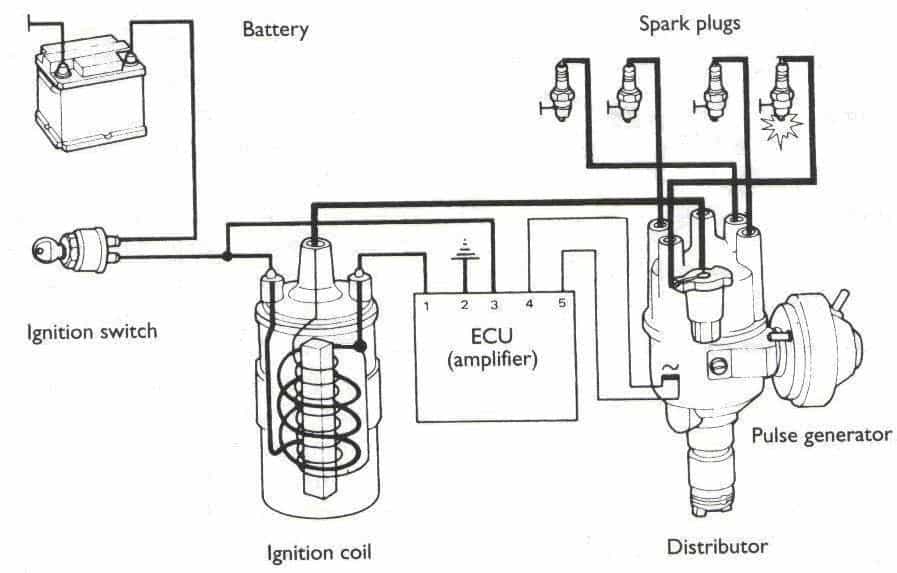
Initially the electronic ignition system was only controlled by screwdrivers, followed by semiconductor ignition, electronic early ignition and finally by direct electronic control.
For electronic ignition systems, through sensors such as camshaft position sensor, crankshaft position sensor, intake air flow sensor, ... and a few other sensors, the timing of ignition will be controlled by the ECU. The engine that wants to work in the best and most efficient way must have the best ignition timing.
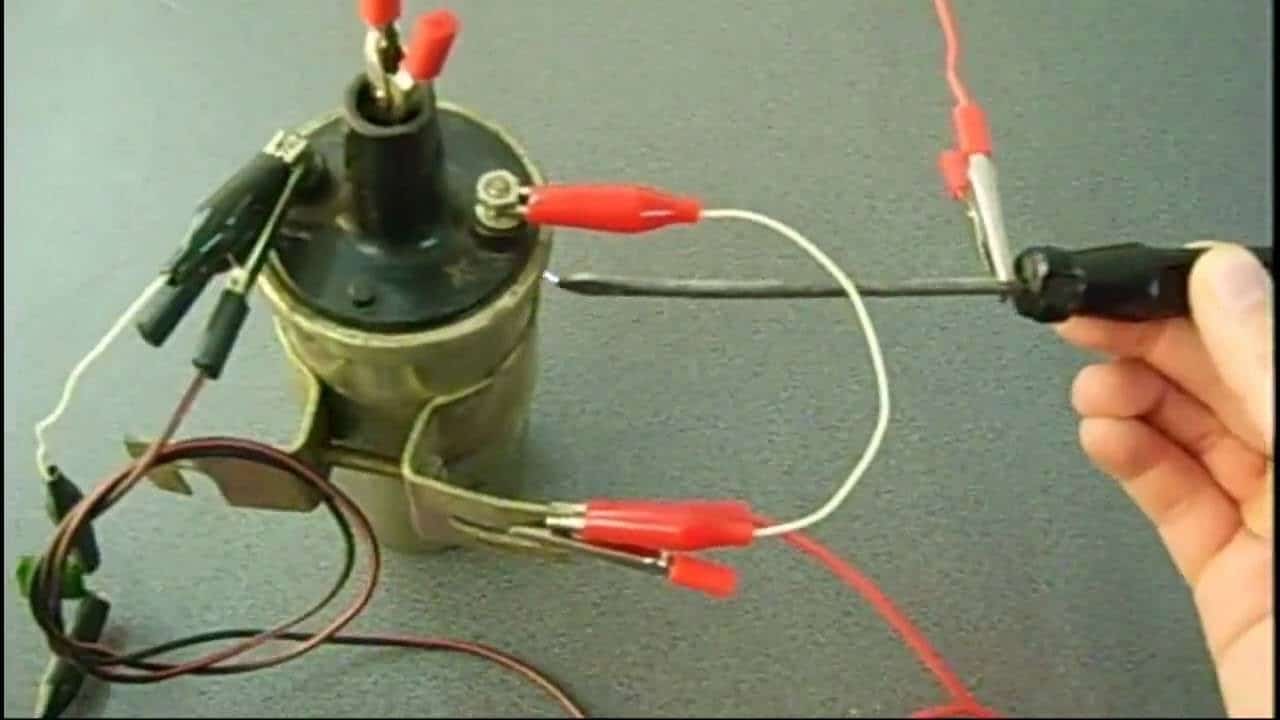
As well as a transformer, the transformer of the electronic ignition system can frequently occur some common failures such as:
Another important part of the electronic ignition system that could be damaged is the splitter. At the right time, this part works to help divide the high voltage current to the correct working order of the motor most accurately. Therefore, if the electrical divider encounters malfunction, it will cause significant impact on the engine and electronic ignition system.
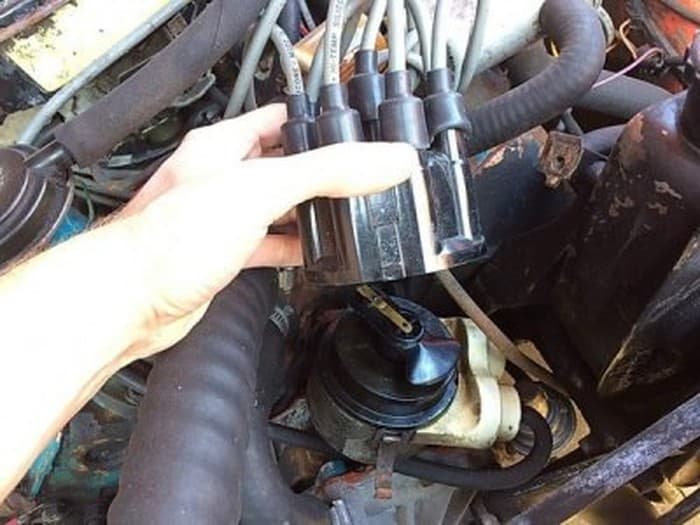
When the unit has been operating for a long time, it may have problems:
When using spark plugs for a long time, you may encounter some problems such as:
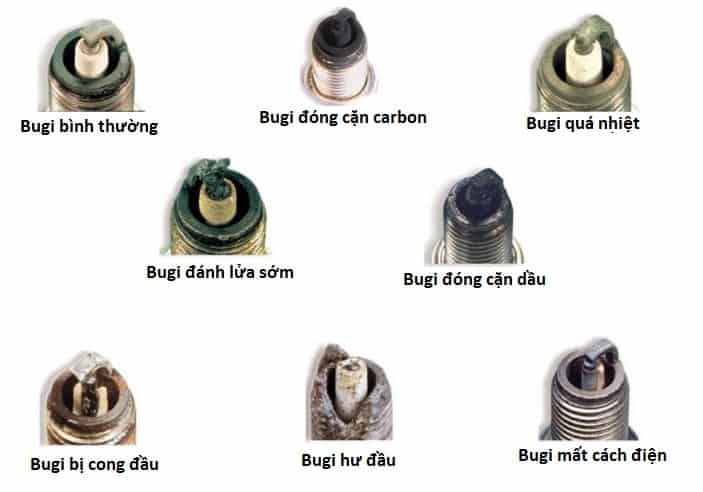
When checking spark plugs for damage, you need to promptly replace the spark plugs, and at the same time check how the ignition parts work, whether they are good or not so that they can be repaired in time. See details: "Signs of car spark plugs failure"
One thing for sure is that when the electronic ignition system works for a long time, it will be very difficult to avoid damage, and may cause significant effects to the engine. However, it is also very easy to see the situation that the ignition system is facing because at that time the engine will show a few specific manifestations. Thanks to that we can diagnose the situation that ignition system is facing and quickly handle them.
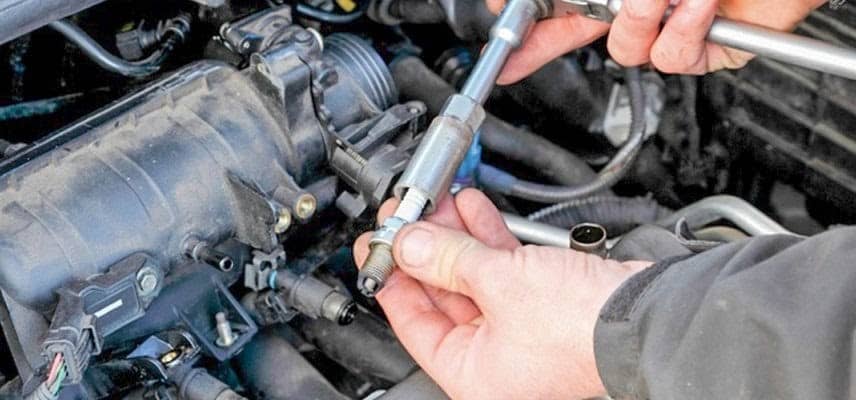
When your car starts to appear phenomena such as excess gasoline, weak engine, uneven engine sound, the material is not completely burned, so the spark plug has the phenomenon of black soot on the head.
At that time, just check if you see the appearance of yellow sparks and weak splashes, then surely your car's ignition system is having problems.
Weak sparks mean high voltage from the divider to the low spark plug. When your vehicle encounters this situation, you need to immediately check spark plugs and clean them, check additional high-voltage wire, transformer ignition.
- In case of ignition too soon:
When the car runs on fuel, the engine quickly heats up, the no-load mode is not stable, the throttle is large or even a reverse explosion occurs for a long time, ... These signs indicate that the ignition system is too early.
The cause of this premature ignition is that the screw has too large gap and due to the wrong delco setting, what you need to do now is to immediately adjust the screw and the engine needs to be reset to fire.
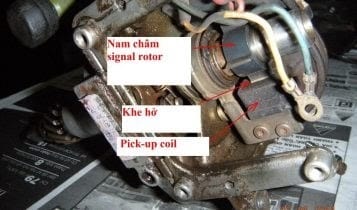
- In case of ignition too late:
Signs showing the ignition system is too late compared to the time:
The cause of this late ignition is due to the screw slot is too small and the fire is wrong. As is the case with early ignition, you should adjust the screw gap and reset the engine ignition.
The above article Thanh Phong Auto sends to you the contents related to the electronic ignition system on cars. Hope this article will help you in taking care of your beloved driver.
See More Articles Sharing translation experiences Or Thanh Phong:
Test your safe pressure in 5 easy steps
Sharing Experience When Repairing - Restoring Lubricant Cars
Cars Care Service Price Sheet At Thanh Phong Auto HCMC VietNam:
* The cars that we have mechanics: Mercedes, BMW, Audi, Lexus, Toyota, Honda, Mazda, Mitsubishi, Kia, Daewoo, Hyundai,Ford, Nissan, Volkswagen, Porsche, Chevrolet, Rand Rover, Innova, Fortuner, Vios, Fiat, Bugatti, Ferrari, Bentley, Hummer , Chrysler, Dodge, Renault, Cadillac, Volvo, Subaru, Daihatsu, Ssangyong, Roll-Royce, Peugeot, Smart Fortwo, Tobe M'car, Luxgen, Zotye, Haima, Geely, Baic, Hongqi, Cmc, Mini Cooper, Buick, Opel, Acura, Aston Martin, Vinfast, TQ Wuling.
To keep your vehicle running properly at all times, we offer a number of services that are carried out by our certified, expert auto service and repair technicians who have years of experience performing everything from oil changes to a complete engine overhaul.
LEAVE COMMENT